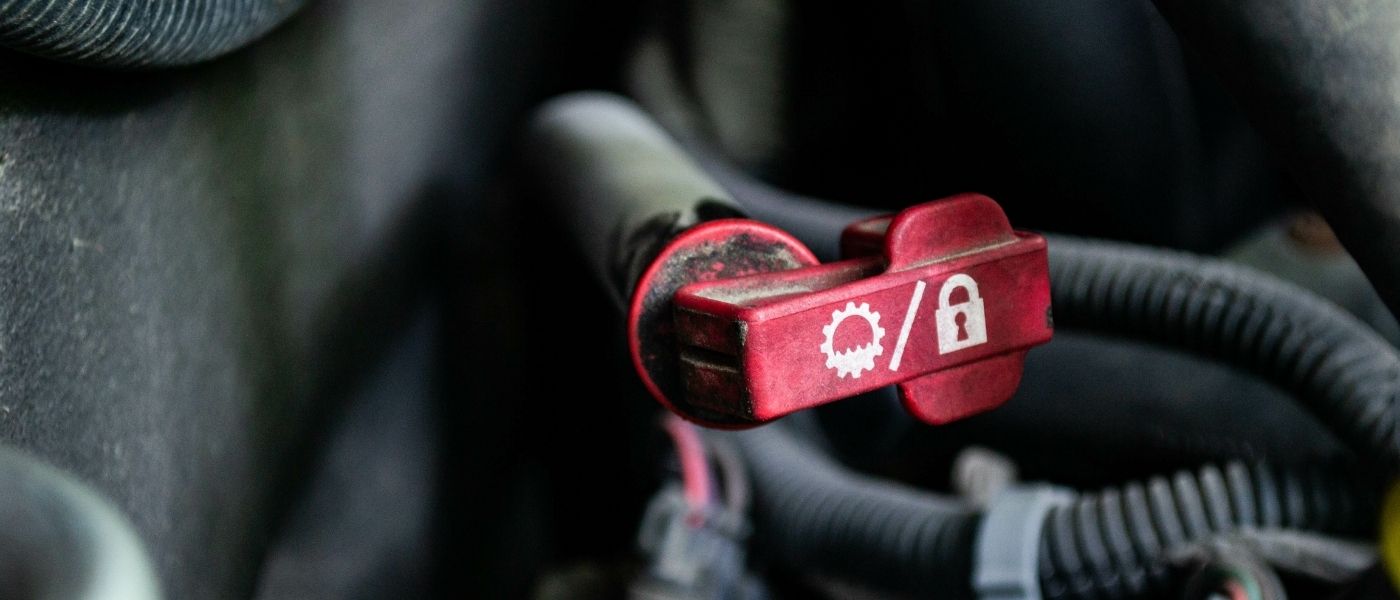In order to maintain your vehicle’s transmission, it’s essential to ensure that its transmission fluid is in good quality and at the proper level. Whether you have an automatic or a manual vehicle, the critical maintenance steps of checking, re-filling, and replacing transmission fluid cannot be avoided—unless you want to have to shell out thousands of dollars on a new transmission every once in a while. So why is this pinkish liquid so important? Continue reading and we will tell you everything you need to know about transmission fluid.
What Does Transmission Fluid Do?
Transmission fluid serves the important roles of cooling the transmission, lubricating moving parts, and facilitating gear shifts. It acts as a lubricant and serves as both an oil and hydraulic fluid all in one.
When To Change Transmission Fluid
Since transmission fluid serves so many important purposes, it is essential to check it regularly and change it when necessary. Failing to do so can result in symptoms such as transmission overheating, shifting problems, gear slipping, and grinding gears.
As a general rule, transmission fluid should be changed every 30,000 to 60,000 miles. However, that guideline may vary depending on your driving conditions and how often you change gears.
The best way to determine when it is time to change or refill your transmission fluid is to check it periodically. Below, we will discuss how to do so.
How To Check and Change Transmission Fluid
Checking Transmission Fluid
To check your transmission fluid, locate your owner’s manual and determine if your vehicle should be turned off or kept running and in neutral or park. Then, locate the transmission fluid dipstick which is typically located near the firewall towards the back of the engine. Next, remove the transmission fluid dipstick, wipe it clean, and reinsert it completely into the transmission before removing it again. If the fluid doesn’t reach the “full” line on the dipstick, additional fluid needs to be added.
In addition to checking the transmission fluid level, you should also check the quality of the transmission fluid. To do so, make sure the fluid on the dipstick is cool and dip your finger into it. If the fluid smells strange, contains particles, or is another color other than a clear pinkish shade, it needs to be replaced.
Changing Transmission Fluid
To change your vehicle’s transmission fluid, you will first need to drain the existing fluid by dropping the pan and letting it spill out, or using a fluid pump to suck it out from the top. Then you will need to pour new transmission fluid to the proper level, but you should avoid pouring too much or too little. If you aren’t comfortable changing your transmission fluid on your own or don’t have any experience doing so, it is often advantageous to enlist the help of a professional mechanic to ensure that this important job gets done right.


